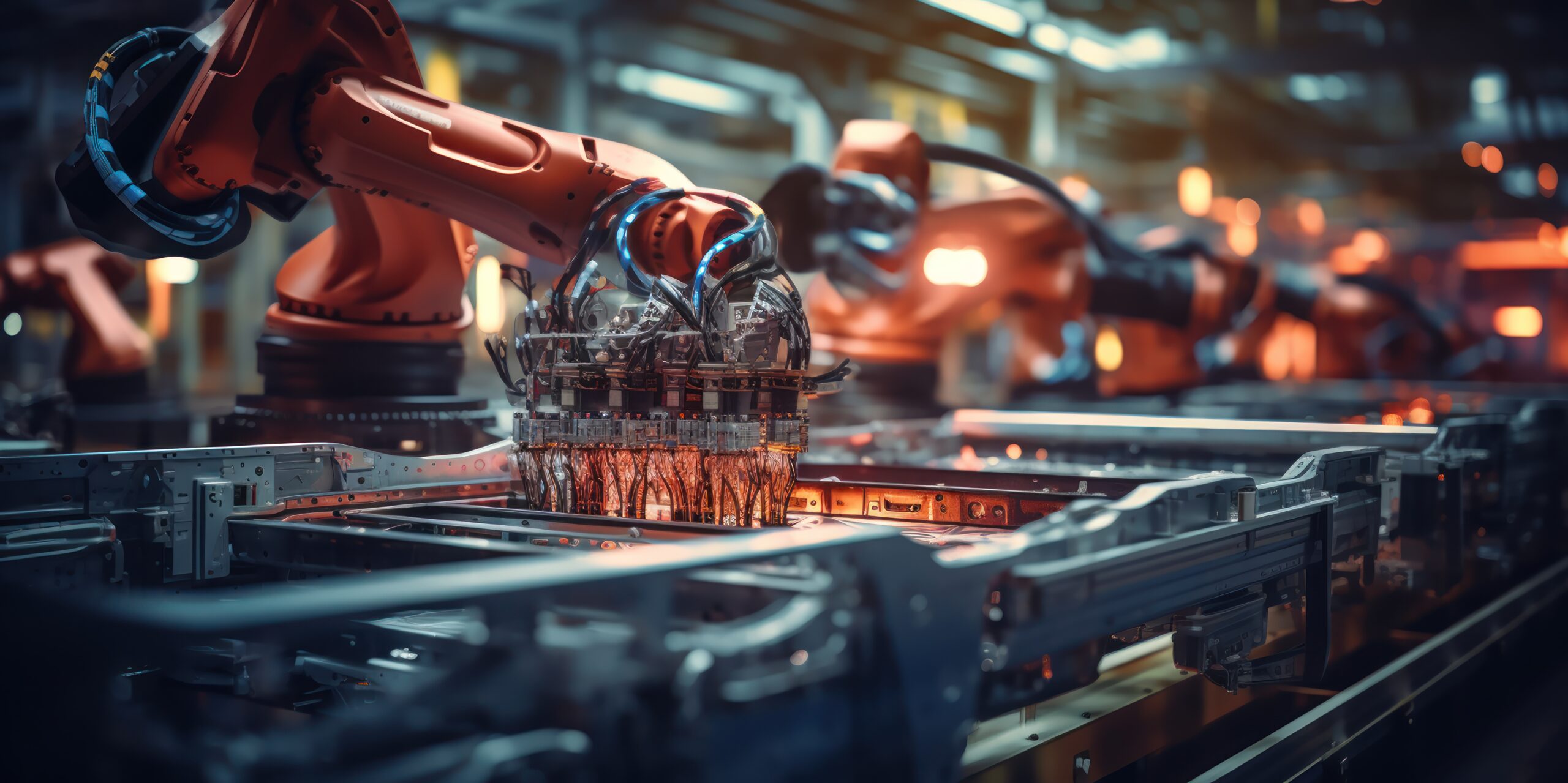Why Industry 4.0 is manufacturing’s path increased productivity, reduced costs, and improved quality
Industry 4.0 refers to the fourth industrial revolution, characterized by the integration of digital technologies into manufacturing and industrial processes.
The aim of Industry 4.0 — sometimes called Smart Manufacturing — is to transform traditional manufacturing and open a new era of intelligent production.
Integrated production lines where machines use IoT to communicate and share production information, AI algorithms that adjust line operations processes based on real-time data, and production decisions that are driven by predictive analytics.
However, there are a number of key building blocks of any successful Industry 4.0 transformation effort.
- Internet of Things (IoT): Connecting physical devices and machinery to the internet, allowing for data exchange and automation.
- Big Data and Analytics: Utilizing large volumes of data collected from various sources within the manufacturing process to gain insights, optimize operations, and make informed decisions.
- Artificial Intelligence (AI) and Machine Learning: Employing algorithms and advanced analytics to automate processes, predict outcomes, and optimize operations.
- Additive Manufacturing (3D Printing): Using 3D printing technologies to produce complex components with greater flexibility and efficiency.
- Advanced Robotics: Implementing robots capable of performing tasks with increased precision, flexibility, and autonomy.
- Cyber-Physical Systems (CPS): Integrating computational algorithms with physical processes to create smart systems capable of real-time monitoring, analysis, and control.
- Cloud Computing: Leveraging cloud-based platforms for storing and processing data, enabling scalability, accessibility, and collaboration.
- Augmented Reality (AR) and Virtual Reality (VR): Enhancing the human-machine interface by providing immersive experiences, training simulations, and real-time information overlays.
Production that is even more efficient, flexible, and responsive
Industry 4.0 is so-named because it builds upon three earlier industrial revolutions: the mechanization of production of the 1760s, the rise of mass production facilitated by electricity in the 1910s, and the adoption of electronics and automation that began around 1980.
This next phase is wholly driven by advanced manufacturing, robotics, big data and AI.
Big benefits await those who successfully tap its vast potential: increased productivity, reduced costs, improved quality, and the ability to quickly adapt to changing market demands.
However, it also presents challenges related to cybersecurity, workforce skills, and organizational change management.
Analyzing the national and international drive to implement Industry 4.0
Leading manufacturers are already either planning or implementing Industry 4.0/Smart Manufacturing strategies to overcome manufacturing skills gap and labor shortages, combat rising IT/OT cyber-threats, and achieve sustainable growth.
To find out what these organizations are doing, you can listen to our recent “State of Smart Manufacturing” podcast with our own Travis Selsor and Dallas Hord, as well as Rockwell Automation’s Andrew Stump.
Or, if you prefer, download a copy of Rockwell’s 9th Annual State of Smart Manufacturing Report. Drawing on interviews with more than 1,500 decision-makers from 17 of the top manufacturing countries, it will help you to benchmark your technology usage, explore best practices and uncover 2024 trends.
The report also includes a Technology Adoption Plan to help you turn insights into action.
Aligning your desired business outcomes with these technologies is key to return on investment. AutomateIT’s team of smart manufacturing consultants with a combined 50 years of experience in various industries can do just that. Let’s get started today.
